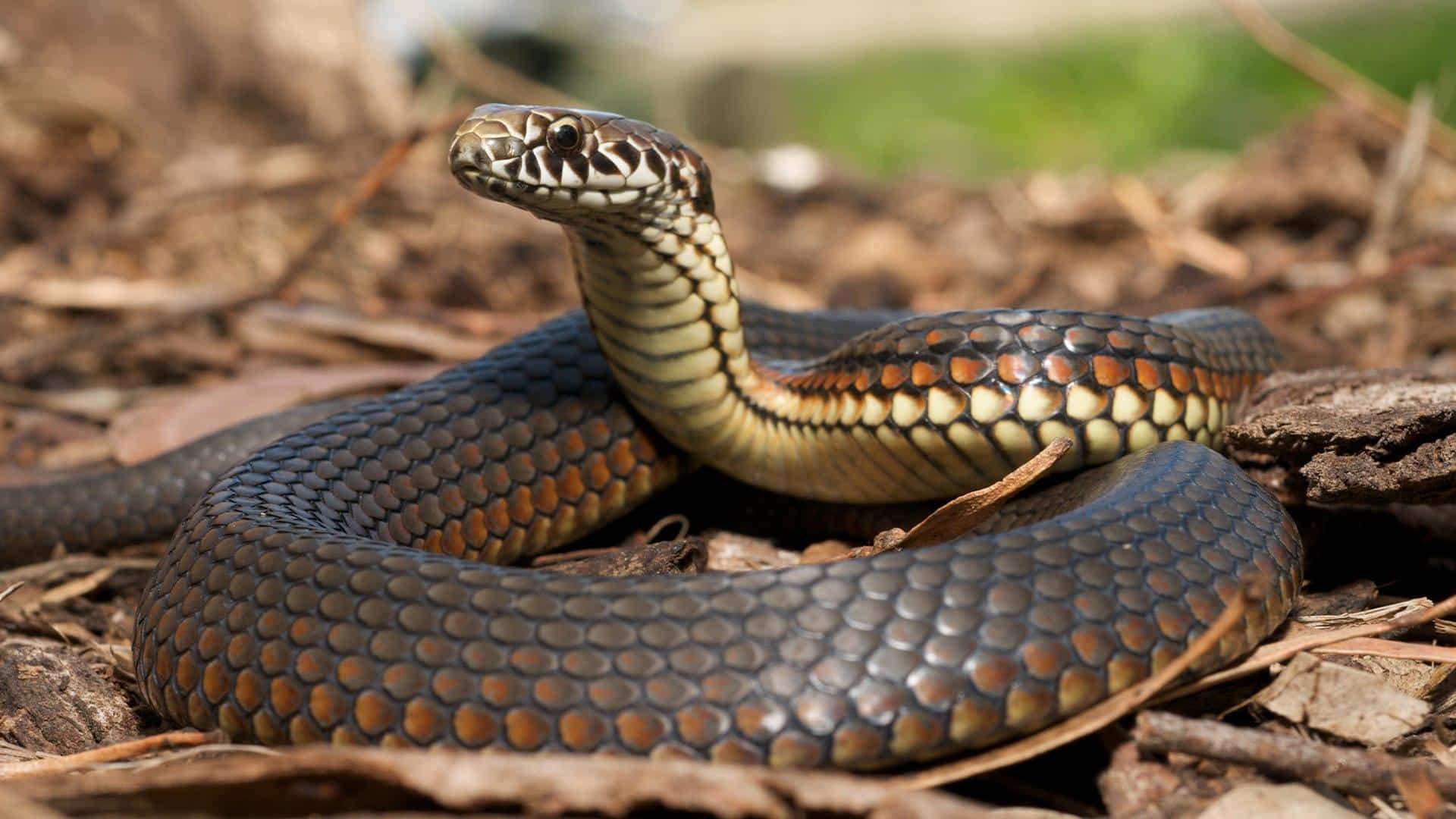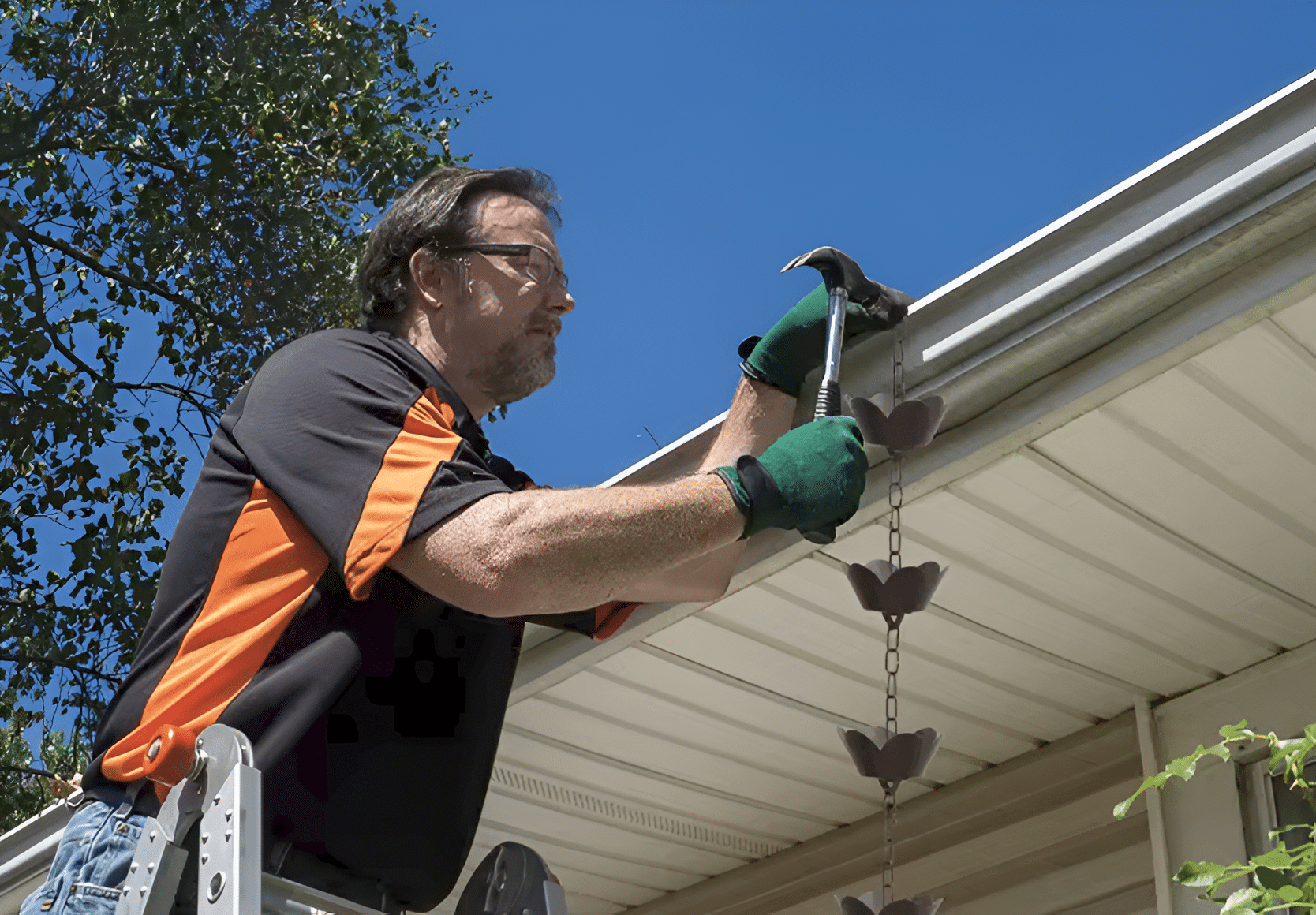How to Permanently and Quickly Get Rid of Snakes
Snakes are loved and hated to such extremes, as few other creatures are. Some individuals own snakes as pets. Herpetologists, or experts in snakes, dedicate their careers to their study. They are even inked on people’s flesh as tattoos and have a mythology in religion and society.
However, for other people, the mere mention of snakes causes them to have ophidiophobia—a severe dread of these sly creatures. Experiencing one in person is a different kind of trauma that has to be treated right away.
Most people fall in the middle, finding something fascinating about a caged snake in the zoo but not wanting them anywhere near their house. Finding one in your yard, outside your house, or, in rare instances, inside is quite distressing. And this where you might also want to have snake traps.
With the exception of Antarctica, snakes may be found on every continent in the globe. They predate early humans by around 100 million years, having been on the planet for that long. Snakes are an essential component of the natural world.
As carnivores, their main sources of food are eggs, small animals, rodents, insects, frogs, tortoises, and other snakes. Although they can eat food many times their size if they can capture it, the size of prey depends on the size of the snake.
As a result, snakes play a crucial role in maintaining the populations of undesired dangerous snakes, rats, and mice, among other nuisance animals. In the food chain, they also provide food for bigger animals and birds. For this reason, many people—including scientists—against the killing of snakes.
But snakes are a frequent home problem that has to be handled swiftly and gently since they may be hazardous and because fearing them is such a natural response.
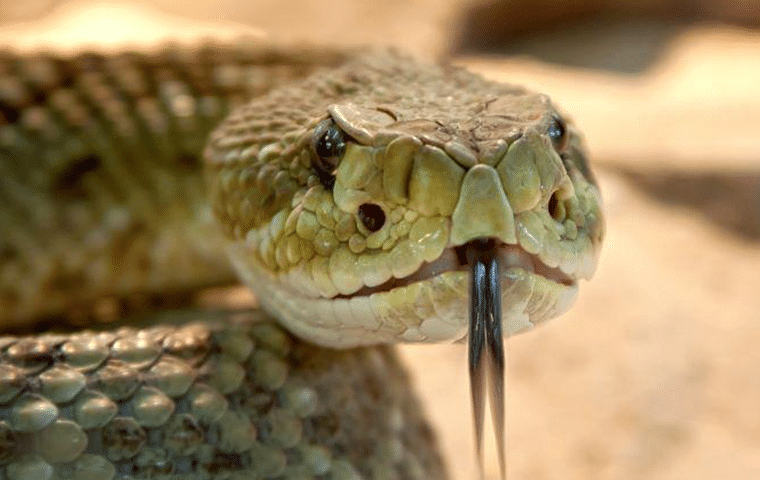
Snakes as Invaders
In the wild, snakes constitute a significant group of animals. However, snakes in or around the house are an annoyance. They enter yards in search of food and may enter a house via openings around doors and walls, cracks in siding, missing mortar in a brick wall, and pipes—any of these things can provide a snake enough space to go into your house. Once inside, they may be found anywhere but often hide in attics or basements.
Snake encounters provide unique challenges. However, it’s possible that you won’t really see the snake. There can be indications that someone lives there, like:
- Throwaway Snake Skins
- Stumbling among the Walls
- Unusual Scent of Tap Water Waste Including Fur or Bones
Not being able to identify the snake or knowing where it dwells may be much worse for many people than actually running into one, thus for them, this can be even more terrifying.
Since rodents mostly eat mice and rats, snake infestations are also often the outcome of rodent infestations. If you reside in a region where snakes are abundant and you have a rat infestation in your house, you should look for any reptiles that may have moved in with the mice.
The specific kind of snake you have in your yard or house will depend on the snakes that are local to the location in which you reside. In North America, there are more than 120 different species of snakes, each with unique characteristics like as size, color, behavior, and habitat. Most snakes are between a few inches and ten feet long, with the majority falling somewhere in the center.
It might be difficult to recognize snakes due to their diversity unless you are acquainted with every species found in the area. Not every snake can sting. Not every snake is venomous. However, even the most benign garter snakes may cause anxiety, so it’s wise to exercise caution near any snake you observe if you’re unsure of its dangerous status.
Which Snakes Pose a Risk?
In the United States, most snakes are not harmful. Only 21 of the more than 100 species may venomously attack humans or pets like dogs or cats, causing agony or even death. There is at least one poisonous snake in every state in the continental United States, however sightings in many northern states are exceedingly uncommon.
Both the quantity and diversity of snakes are higher in warmer states, and this also applies to deadly snake species. The majority of deadly snakes and snake bites occur in warm southern regions or in more temperate areas during the summer months.
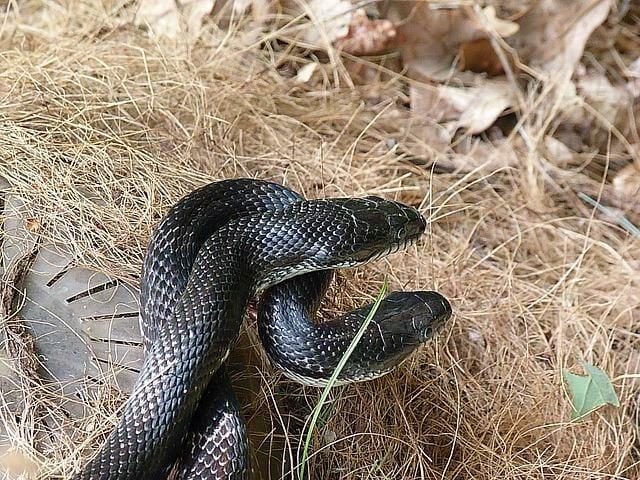
There are four categories in which the venomous snake species found in nature may be divided:
Rattlesnakes – There are 16 different species of venomous rattlesnakes in the United States. The namesake rattle on the tails of these snakes, which often have subdued coloration. When they feel threatened, rattlesnakes utilize this sound to warn others.
Copperheads – Two species of copperheads inhabit the majority of the Midwest and Eastern regions of the United States, extending as far north as New York and as far south as northern Florida. These snakes, who are typically tan in color, like to hang out amid rock outcroppings and forests.
Cottonmouth – Sometimes known as the water moccasin, is the only poisonous water snake found in the United States. They may be found in or close to lakes, marshes, and slow-moving rivers throughout the southern states. They are semiaquatic and have been seen moving on dry ground as well as swimming in the water.
Coral snakes – These snakes are typically slender and measure three feet on average. They are distinguished by their red, black, and yellow bands. The southern states of North Carolina, Texas, and Arizona are home to one species, while southern Arizona and New Mexico are home to the other.
In the United States, an estimated 7,000 individuals be bitten by snakes annually, resulting in 5 fatalities. The bulk of fatalities are caused by eastern and western diamondback rattlesnakes, although copperheads are the ones that bite the most people.
Usually unpleasant, a snake bite causes swelling and redness where it bites. Additionally, the venom may result in vomiting, dizziness, and an allergic response. The snake, the quantity of venom, the victim’s age, and the part of the body that was bitten all affect how the bite turns out. A snake bite is more harmful near the abdomen or a vein, and it is more likely to be deadly in younger or elderly people.
Dogs and cats have also been injured by venomous snakes. Each year, around 100,000 animals are bitten, and 20% of those animals die.
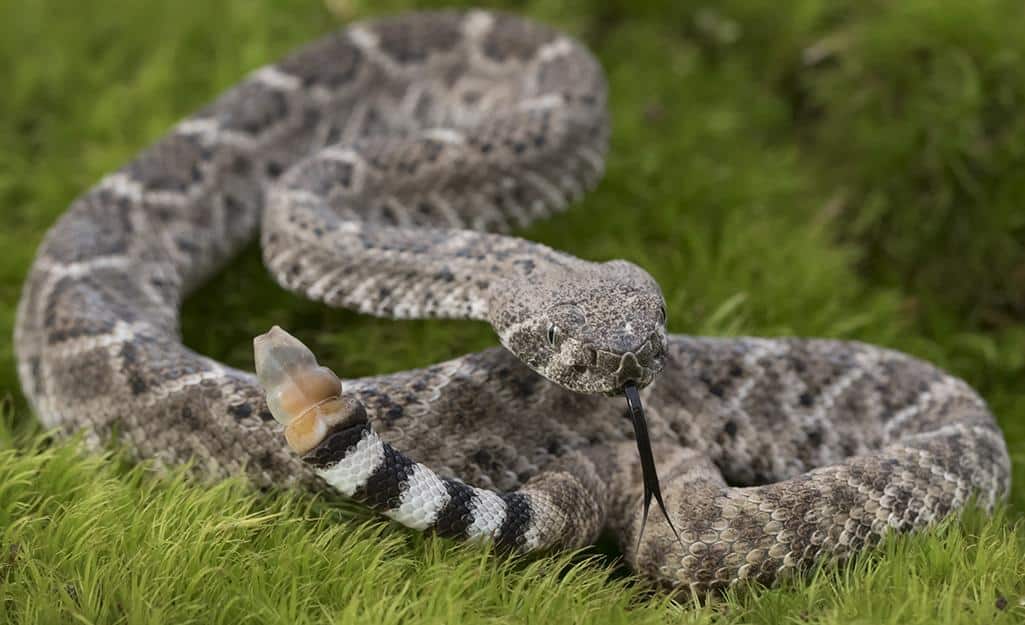
It is noteworthy that handling or owning poisonous pet snakes accounts for a significant percentage of yearly human mortality. It’s best to avoid approaching a wild snake unless you have expert training and the necessary safety gear. As their venom is a scarce resource, most snakes in the wild would rather not bite people. Males between the ages of 20 and 35 are usually the ones bitten, and the bites are the result of the victims purposefully inciting the snakes.
How Do Black Snakes Look?
Snakes inhabit a shadowy realm that very few humans ever really get used to. They seem to emerge out of nowhere, ambush us, then go just as quickly. Legends about snakes may be found in almost every ancient culture. The devil himself is depicted as a serpent in the Garden of Eden, as were the Greeks and Vikings.
The Greeks had Medusa, the Gorgon, whose head was full of snakes, and the Vikings had Jormungand, the enormous sea serpent whose poison killed Thor. It is no secret that many individuals have a severe phobia of snakes because of these and several more legends that are ingrained in our collective consciousness.
People really dread being bitten by a poisonous snake, notwithstanding people’s unreasonable misconceptions about them. Only four of the more than 100 kinds of snakes found in the US are poisonous, meaning they pose a threat to people.
These four categories of well-known snakes—copperheads, cottonmouths, coral snakes, and rattlesnakes—contain several species of poisonous snakes. You may fairly assume that any snake you see outside of your known poisonous snakes is non-venomous and thus harmless if you are familiar with the snakes in your region, particularly the venomous ones.
The phrase “black snake” is used indiscriminately; locals refer to any black-colored snake that is most common in a certain location. There are characteristics common to many snakes that we refer to as black snakes. Although mostly black snakes are frequent, they almost always have a distinguishing characteristic that sets them apart from black racers. These specifics will be explained here so you can recognize and understand the snake that lives in your yard.
Are All Black Snakes Biting?
Although black snakes are capable of biting if they feel threatened or are handled improperly, the majority of bites result in just little cuts on the skin. There are several types of snakes that have a completely black appearance. The majority of these black snakes are benign, but sometimes an adult cottonmouth may look completely black, in which case it is undoubtedly a hazardous snake.
Water moccasins, or cottonmouths, may be readily identified from non-venomous black snakes. Water moccasins, or cottonmouth snakes, are usually found in or close to bodies of water. The Southeast United States’ coastal areas are home to cottonmouth snakes.
When cottonmouth snakes become older, their patterns change from dark brown and tan to a uniform black color. Cottonmouth snakes have a robust, substantial build as opposed to most non-venomous snakes, which are thin and whip-like.
To accommodate its venom gland and fangs, cottonmouth snakes have a head broader than its neck and body. Cottonmouth snakes also coil their bodies, lift their heads, and open their mouths widely to reveal their white teeth and insides when they feel threatened.
The majority of black snakes you come across are not poisonous, unless you are confronting a cottonmouth.

